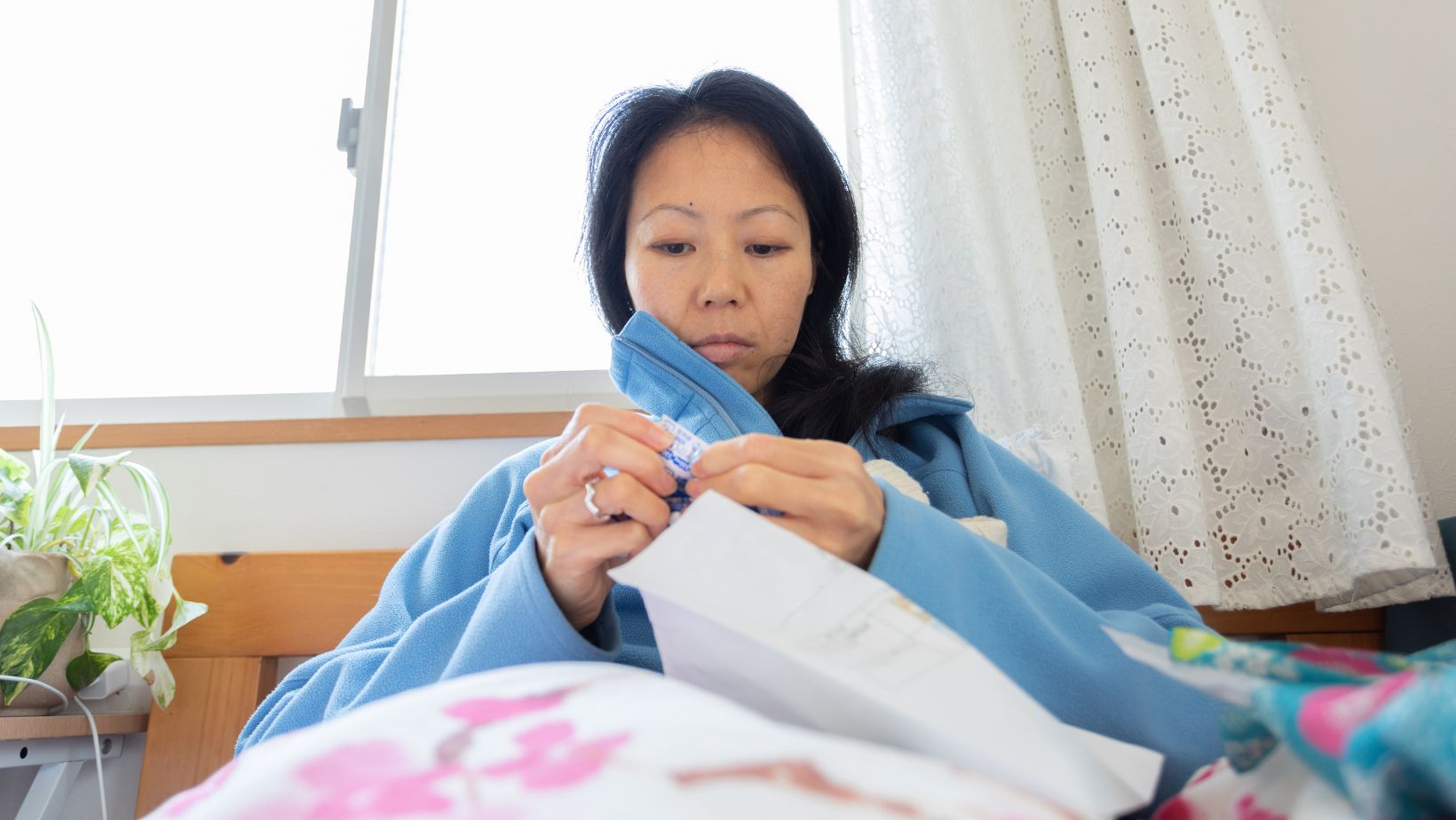Good health is a blessing, but millions of Americans are deprived of it. According to the CDC, nearly 129 million people in the country have at least one major chronic disease. The common ones include cancer, heart disease, diabetes, and hypertension. Even obesity is considered one because it elevates the risk for other conditions.
Fortunately, people recover, but chronic illness recovery can make daily life feel exhausting. Home environment can play a significant role in managing your journey back to health. You can make small changes in your living space to ease the process.
The objective is to establish a supportive, accessible environment that caters to your individual needs. You might be dealing with restlessness, pain, or reduced mobility. Thoughtful home improvements can increase your independence and well-being.
In this article, we will be sharing a few practical tweaks. These suggestions can make your home a true partner in your healing journey.
Ensure Abundant Natural Light
Natural light is an easy yet powerful way to brighten your home and enhance your mood. It is especially helpful when you are recovering from a serious illness.
WebMD highlights the health benefits offered by sunlight. The most important one is that it boosts vitamin D levels. People with low levels are at risk of developing autoimmune diseases like multiple sclerosis. Natural light also promotes sleep and emotional well-being, both important for recovery from illness.
Try to keep windows clear of heavy drapes and re-arrange furniture to get the most sunlight. If natural light is limited, you can put daylight bulbs or light therapy lamps to mimic the sun’s bright light. Even minor changes, like opening blinds or adding mirrors to reflect light, can make a huge difference in how your home feels and support your healing journey.
Add Features for Comfort
Being in a comfortable space is essential when your body needs extra care. You can think about adding soft cushions, assistive chairs, or even a cozy throw blanket in your favorite areas.
Adjustable furniture, like recliners or beds with changeable positions, can help reduce pain or stiffness. Temperature control is also important. You can consider installing heaters, fans, or smart thermostats to keep your space perfectly warm or cool.
Small touches like non-slip rugs or easy-to-reach shelves prevent strain and make daily tasks less overwhelming. Curating a cozy, comforting space is about making your home a nurturing place that matches your body’s needs.
Prioritize Safety
Safety is a concern for seniors, as fall risks are high even at home. Statistics show that one in four seniors trip and fall every year. Moreover, falling once compounds the risk of repeat incidents. This is also a reason to worry when you are weak and exhausted during recovery from chronic illness.
Always clear pathways of clutter to prevent falls and slips. Furthermore, secure loose rugs with non-slip pads. Also, install grab bars in the bathroom and near stairs if necessary. You should make sure your lighting is bright enough to see clearly at all times. Think about making use of efficient home devices like motion-sensor lights or voice-activated controls.
You may have specific needs if you are on a particular treatment or have an implant in place. Let us consider the example of cancer survivors who usually live with implantable ports during chemo treatment. You may need to be extra cautious while handling daily chores as these devices are delicate.
Bard PowerPort is particularly under scrutiny after the ongoing Bard PowerPort lawsuit. According to the lawsuit, these devices are prone to fracture, migration, infection, and blood clots. Victims are claiming compensation for defective manufacturing.
TorHoerman Law states that the manufacturers will have to pay for their suffering. While discussing the potential risks of such devices is crucial, patients must be vigilant when using them. A safe and adaptive home environment can be of great help.
Design for Happiness
Your home should lift your spirits, especially during the healing process. Surround yourself with colorful artwork, or photos that make you happy. Curate cozy nooks where you can rest, read, or listen to music-whatever brings you peace of mind.
Additionally, you can personalize your space with aesthetic objects or scents like candles or essential oils that soothe and energize. Elements that spark joy can enhance your mental well-being and provide motivation on challenging days.
Adding small plants to your home is a beautiful way to bring life and freshness indoors. Several studies show the advantages of greenery in hospitals. Being exposed to green spaces leads to positive health outcomes, including faster recovery, improved mental health, and reduced anxiety. You can expect the same, or even better results at home.
Greenery improves air quality, decreases stress, and creates a calming aura. It can be especially helpful when you are recovering. Pick low-maintenance varieties like succulents, snake plants, or pothos. Such plants do not require much care but still freshen up your space. Consider faux plants or self-watering pots if watering seems hard.
Frequently Asked Questions
How To Build Resilience With Chronic Illness?
Being resilient with chronic illness involves practicing self-love, accepting limitations, and prioritizing tasks that improve your energy levels. You can connect with supportive communities, and cherish your small wins. Also, establish positive routines that can help you maintain well-being, and bounce back from failures more effectively.
How Important Is A Comfortable Living Space For Ill People?
A cozy living space is essential for people with chronic illnesses. You must add thoughtful design elements such as ergonomic furniture, relaxing colors, and natural light. These can reduce stress, support physical needs, and increase emotional well-being.
Does A Good Environment Support Healing?
Yes, a positive environment significantly supports healing. The house should have fresh air, natural light, greenery, and well-designed, clutter-free spaces. This reduces anxiety, improves mood, and promotes both physical and mental healing. Creating a healthy, nurturing environment can be an effective tool in the healing process for those with chronic illnesses.
Establishing a positive environment is essential when living with or recovering from a chronic illness. A cozy, safe, and uplifting home makes daily tasks easier. It also enhances your mental and emotional well-being.
Simple add-ons like natural light, plants, and comfort can have a big impact on your resilience and overall recovery. Remember, your home should be a sanctuary that matches your needs and helps you feel joyful and energetic, not overwhelmed.



